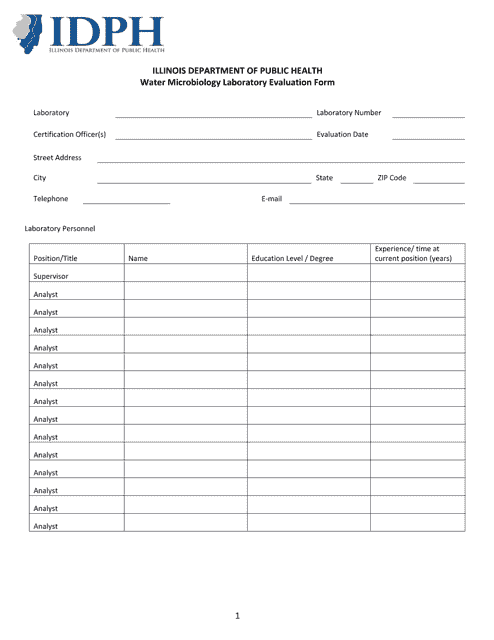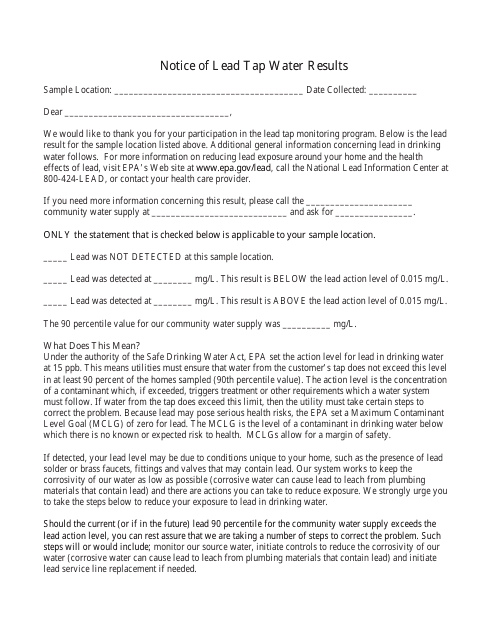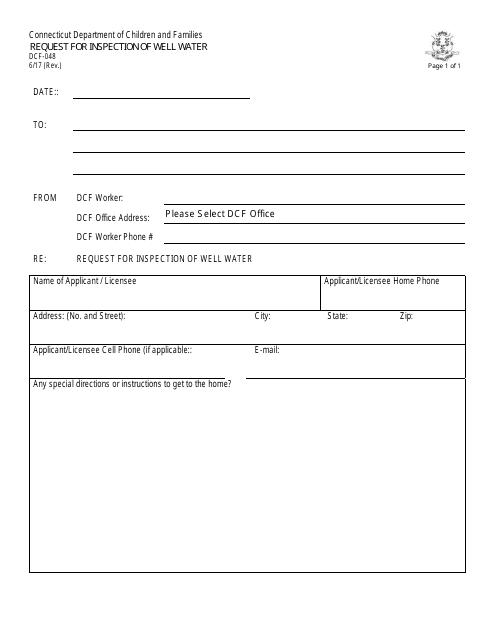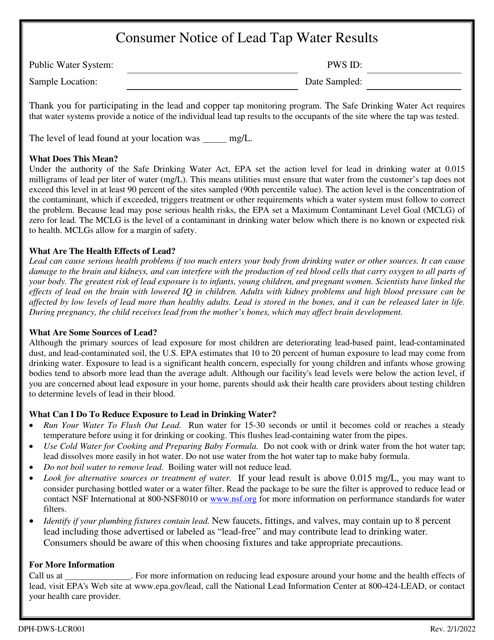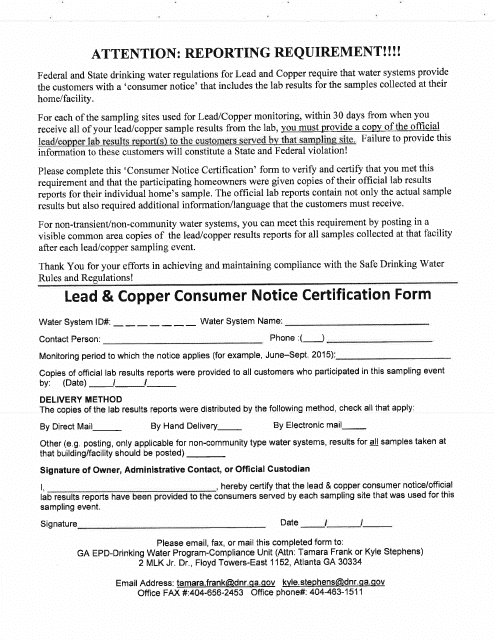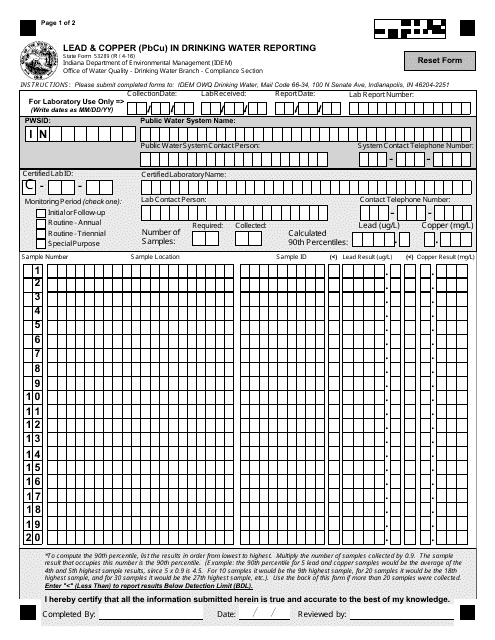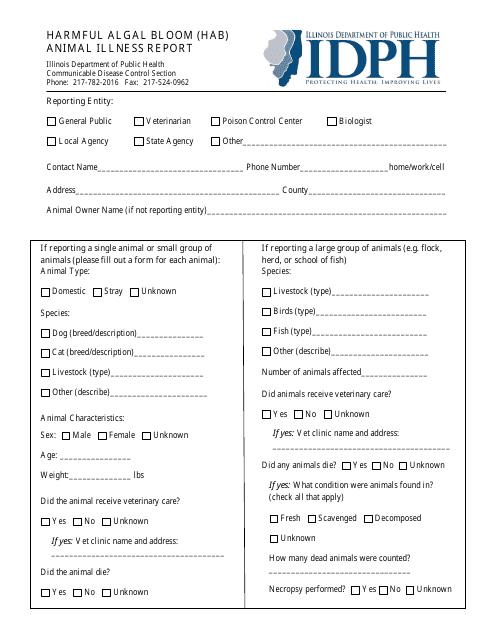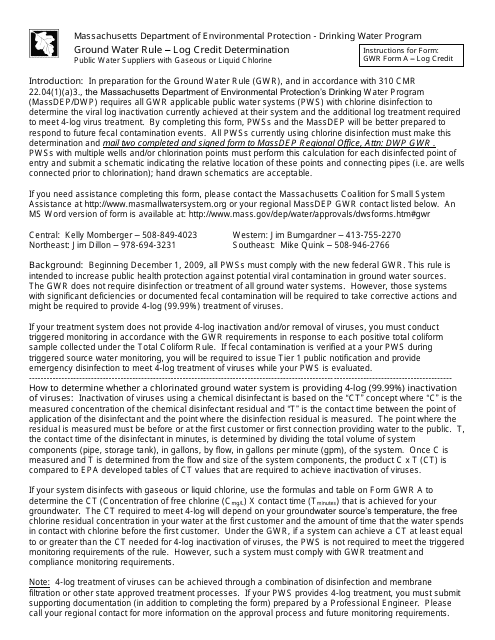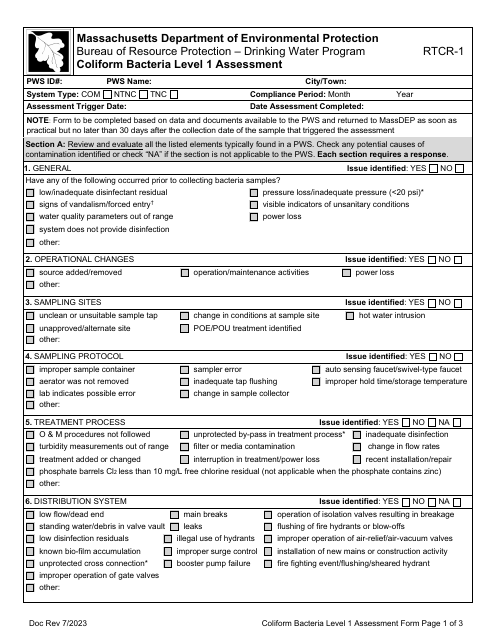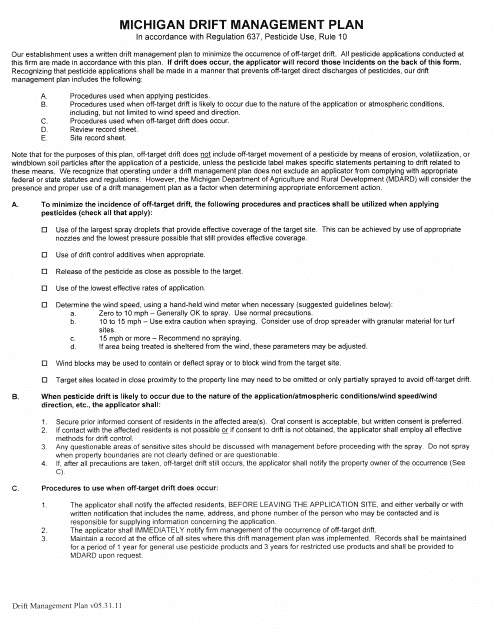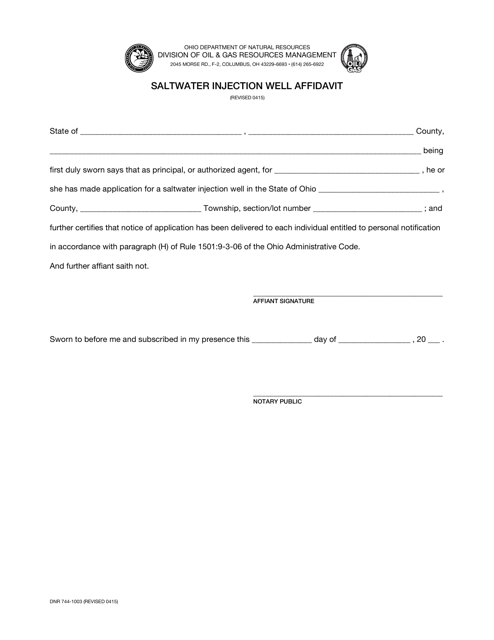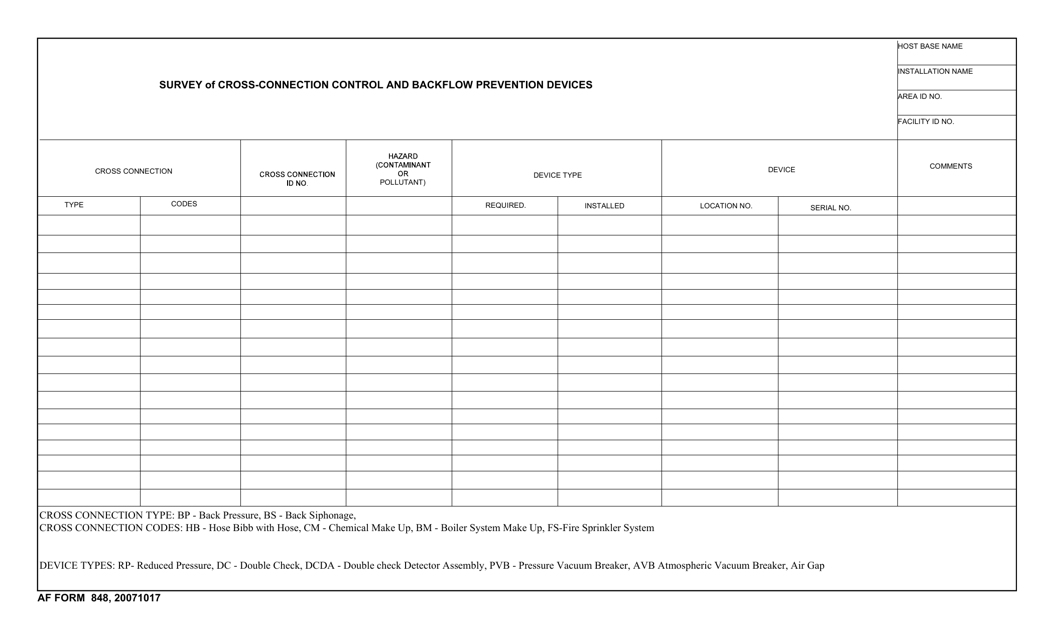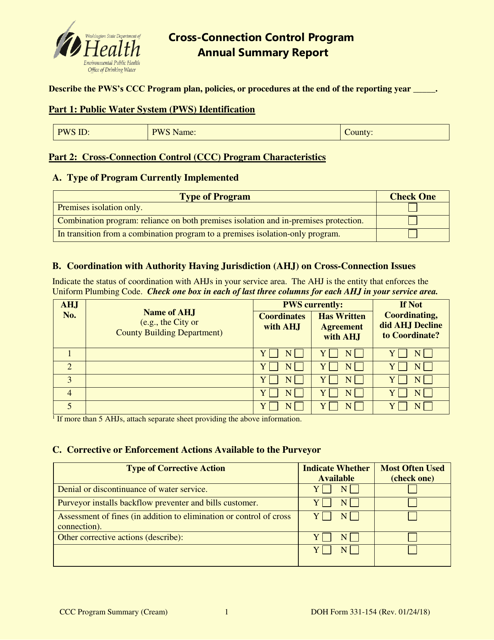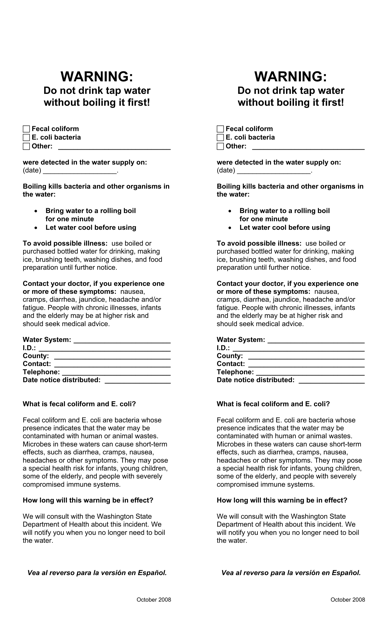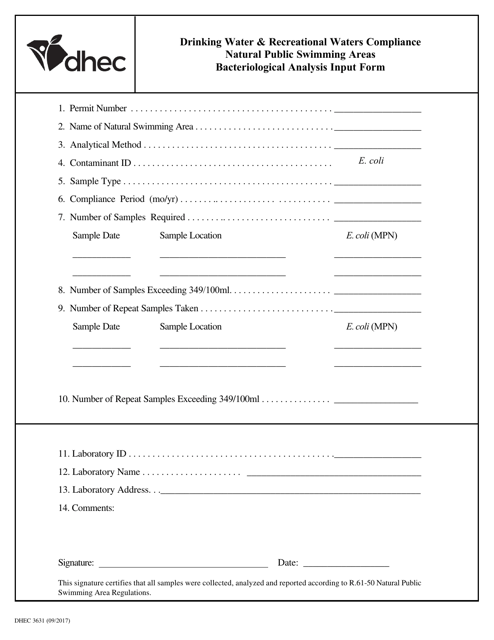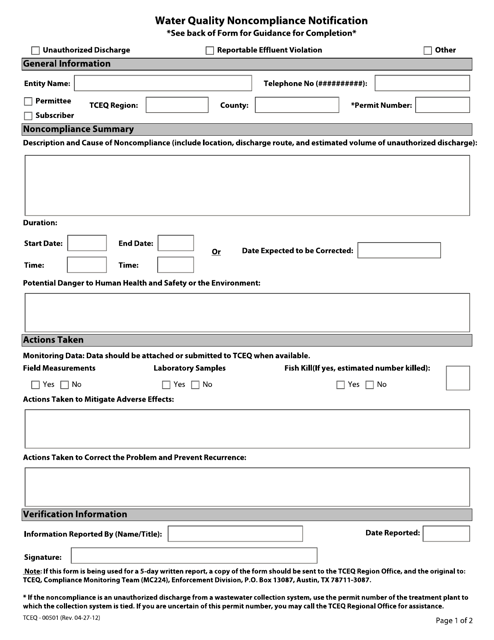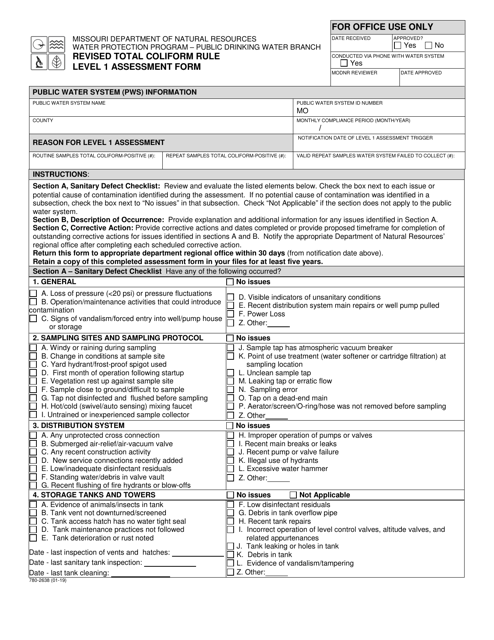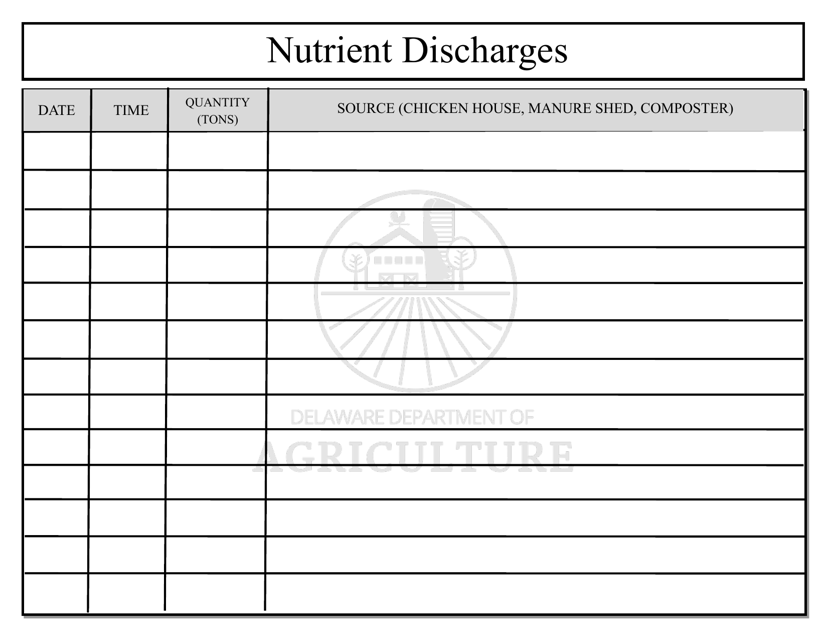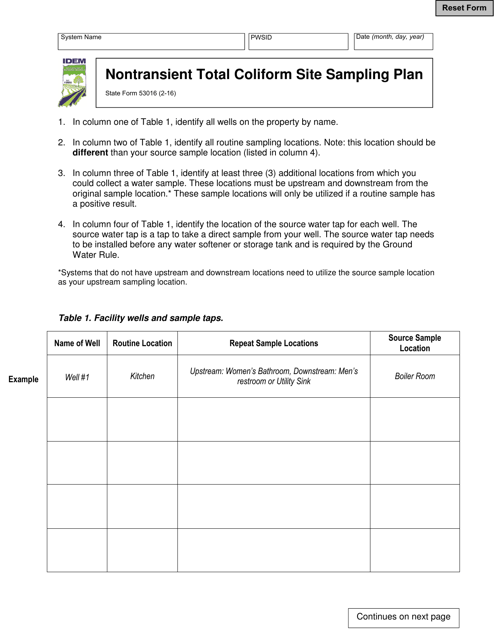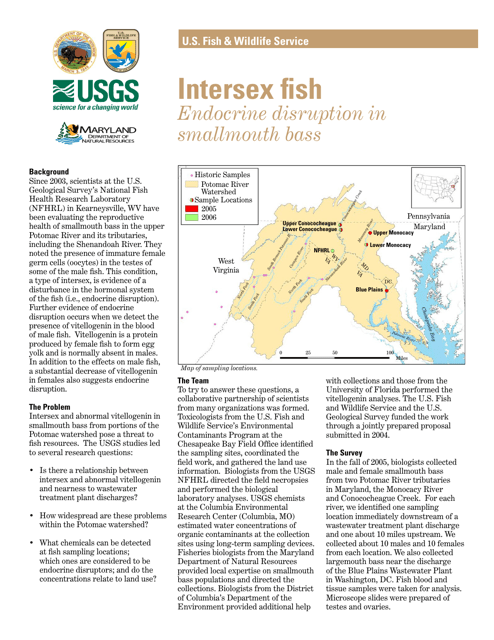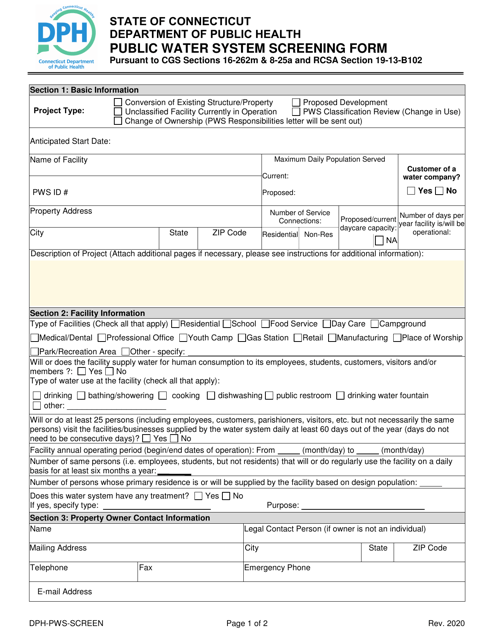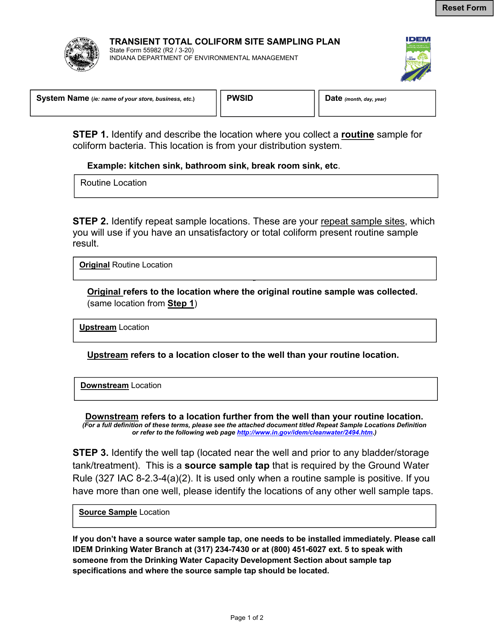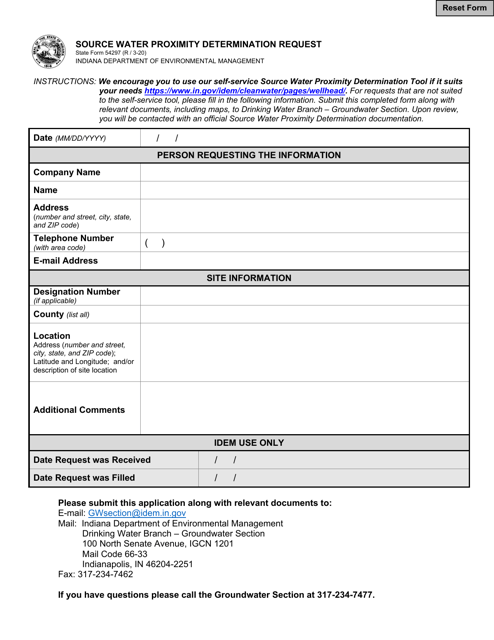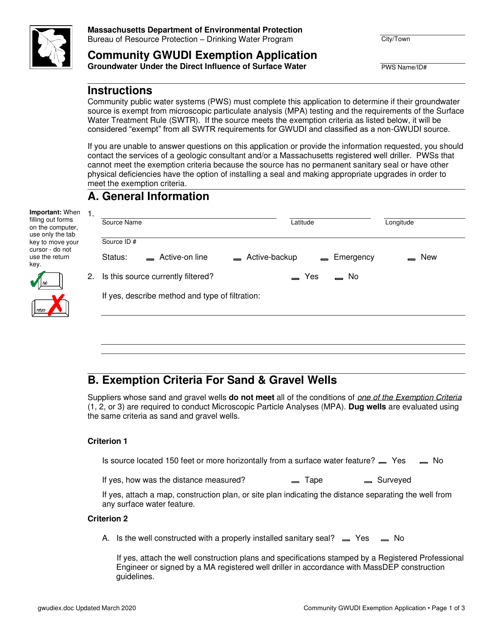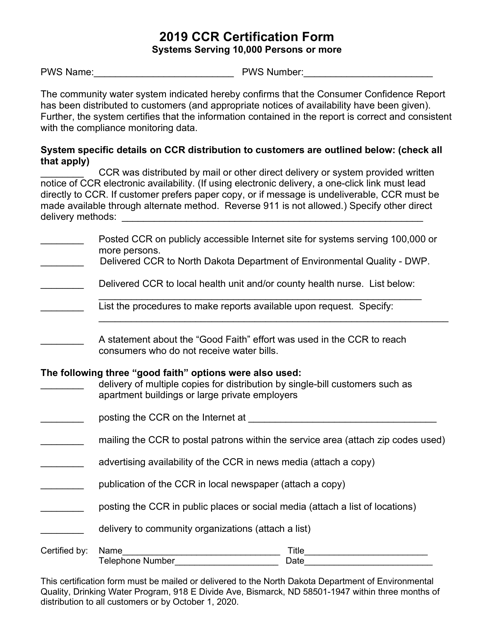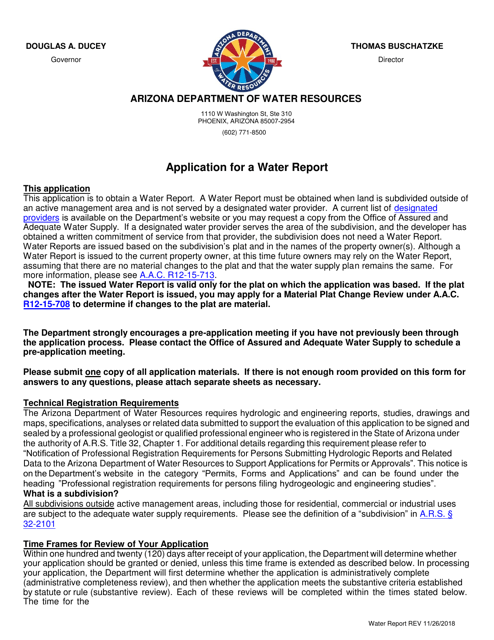Contaminated Water Templates
Contaminated water, also known as water contamination or water contaminated, is a serious issue that can have detrimental effects on both human health and the environment. It refers to the presence of harmful substances or pollutants in water sources that render it unsuitable for consumption or other purposes.
Contaminated water can result from various sources, such as industrial waste, agricultural run-off, improper disposal of chemicals, or aging infrastructure. These pollutants can include hazardous chemicals, heavy metals, bacteria, parasites, and other harmful substances.
To address the issue of contaminated water, regulatory agencies and organizations have developed comprehensive programs and guidelines for monitoring and managing water quality. One such example is the DOH Form 331-154 Cross-connection Control Program Annual Summary Report in Washington, which focuses on preventing the backflow of contaminated water into the public water supply.
Similarly, the DHEC Form 3631 Bacteriological Analysis Input Form in South Carolina aims to monitor the levels of bacteria in water sources to ensure they meet safety standards. This is crucial in safeguarding public health and preventing waterborne diseases.
Another document, the Revised Total Coliform Rule (Rtcr) Coliform Sampling Plan for All Public Water Systems Serving a Population Over 1,000 in Vermont, outlines the requirements for testing and monitoring coliform bacteria levels in public water systems. This is a key step in identifying potential contamination and taking appropriate corrective actions.
In Arizona, individuals can utilize the Application for a Water Report to request information on the quality of their water supply. This document allows residents to gain insight into potential contaminants and make informed decisions regarding their water usage.
Lastly, the Request for Total Coliform Analysis in Wyoming enables individuals and organizations to assess the presence of coliform bacteria in their water sources. This document helps in identifying potential health risks and implementing necessary precautions.
At [Your Company/Organization Name], we understand the importance of addressing and mitigating the risks associated with contaminated water. Through our comprehensive water testing and monitoring services, we strive to ensure that water sources are safe for consumption and other uses. Our team of experts utilizes state-of-the-art technology and follows industry-standard protocols to deliver accurate and reliable results.
By addressing the issue of contaminated water, we can create a safer and healthier environment for all. Contact us today to learn more about our services and how we can assist you in maintaining the quality of your water supply. Together, we can work towards a future where clean and uncontaminated water is accessible to everyone.
Documents:
64
This Form is used for reporting backflow inspections in the City of Wilson, North Carolina. It helps ensure the safety and quality of the city's water supply by preventing contamination.
This Form is used for obtaining approval for a drinking water source in Arizona.
This document provides the results of lead testing in tap water. It informs residents of the level of lead present in their tap water.
This form is used for requesting an inspection of well water in Connecticut. Use this form if you need to have your well water quality tested or inspected by the state authorities.
This Form is used for certifying lead and copper consumer notice compliance in the state of Georgia.
This Form is used for reporting the levels of lead and copper in drinking water in Indiana.
This Form is used for reporting animal illnesses caused by Harmful Algal Blooms (HAB) in Illinois.
This form is used for certifying the Consumer Confidence Report in the state of Massachusetts.
This Form is used for determining log credit under Massachusetts' Ground Water Rule.
This document outlines the management plan for addressing drift-related issues in Michigan. It includes strategies and guidelines for minimizing drift and protecting the environment.
This document is used for applying for a general mining permit in New Mexico specifically for wet conditions. It details the requirements and procedures that miners need to follow when operating in wet environments.
This document is a Salt Water Disposal Damage Bond specific to the state of New Mexico. It is used to ensure that funds are available to cover any potential damage caused by the disposal of salt water in oil and gas operations in the state.
This form is used for submitting an affidavit related to a saltwater injection well in the state of Ohio.
This Form is used for conducting a survey of cross-connection control and backflow prevention devices in a facility.
This Form is used for submitting an annual summary report for the Cross-connection Control Program in Washington state.
This form is used for reporting the annual summary of cross-connection control activities for public water systems in Washington state.
This door hanger is used in Washington to inform residents about the importance of boiling water. It is available in English and Spanish.
This form is used for requesting a modification to an existing groundwater discharge system in Rhode Island. It allows individuals or businesses to apply for changes to their system in order to comply with regulations and ensure proper disposal of wastewater.
This Form is used for submitting samples for bacteriological analysis in South Carolina.
This Form is used for reporting water quality noncompliance in Texas.
This document provides a coliform sampling plan for public water systems in Vermont with a population over 1,000, in accordance with the Revised Total Coliform Rule (RTCR).
This document is used for applying for a Class C Waters permit in Iowa.
This form is used for conducting a Level 1 assessment of the Revised Total Coliform Rule in the state of Missouri. It helps in evaluating the quality of drinking water and ensuring compliance with regulations.
This document is used for reporting the analysis of bromate in drinking water in Arizona.
This document provides information about nutrient discharges in Delaware. It includes data on the amount and types of nutrients being released into the environment, as well as strategies for addressing and reducing these discharges.
This Form is used for creating a sampling plan for nontransient total coliform sites in Indiana.
This Form is used for obtaining approval for drinking water laboratory services in Texas.
This document discusses the phenomenon of intersex fish and the endocrine disruption in smallmouth bass.
This form is used for screening public water systems in Connecticut.
This document is a Transient Total Coliform Site Sampling Plan form used in the state of Indiana. It provides a plan for collecting samples to test for the presence of coliform bacteria in transient locations.
This document is used for applying for a community groundwater exemption in Massachusetts for areas where groundwater is affected by surface water.
This Form is used for achieving CCR Certification for water systems in North Dakota that serve 10,000 persons or more. CCR stands for Consumer Confidence Report, which provides information on the quality of drinking water.
This form is used for collecting customer information and conducting lead and copper testing of drinking water in Iowa.


